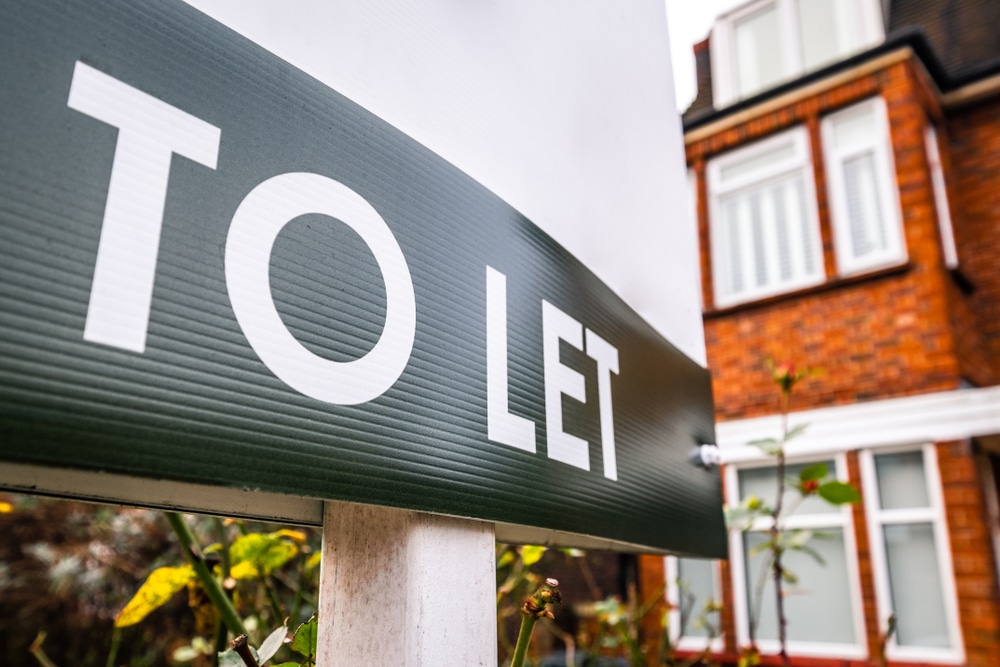Jasmine Birtles
Your money-making expert. Financial journalist, TV and radio personality.

Has it ever occurred to you that you could invest in care homes? Care homes are not the first places that come to mind when thinking about investing in property but it’s an area that is growing – thanks to our ageing population – and where there’s a need, there’s a need for money to fund it!
Few topics have dominated the news over the past five years like social care reform. An ageing population has led to major investment in the sector and reform of the system is deemed so important that it effectively lost Theresa May her majority in the 2017 election.
For investors, this spells opportunity and there are a number of ways you can have a piece of a booming sector.
Getting in doesn’t come cheap though and isn’t usually as simple as buying shares on the stock market. But if you have a nest egg and you want to put it to work then the sector could be worth considering.
This guide will look at the different ways you can make money from social care.
However, you should be aware that putting your money in the care homes sector can be very risky. It is largely unregulated and schemes like the ones we cover here have been known to fail, costing millions of pounds and sometimes ending in court action.

There is one big reason that investors should take care homes seriously as an option: the UK’s ageing population.
Government figures show that we are much older as a country than we used to be.
All this means that the social care sector is only going to become more important, with a growing number of people likely to need care in the future.
Investment in the industry is likely to increase creating big opportunities for investors.
Although there are publicly-funded care homes in the UK, private providers play an important role in the market, operating the majority of beds.
Around half of residents are fully or partly funded by local authorities.
While this provides a stable source of income for investors, local authorities’ greater bargaining power typically means they pay less than private residents.
There are downsides too, of course. The increasing minimum wage has put pressure on providers as salary costs make up a huge proportion of outgoings.
But care homes may make an attractive option if you are currently a buy-to-let landlord. Landlords have found it harder and harder to turn a profit in the past few years thanks to more stringent tax rules and stagnating rents. Care home rooms could be a good alternative.
So how can you get involved? I will start with probably the most common option: buy-to-let care home schemes.

These schemes allow you to effectively buy a lease on a single room in a care home and then benefit from the rental income that comes in from residents.
The returns are usually paid as a proportion of the collected rental income each year, or as a fixed amount paid in instalments over certain intervals, for example every quarter or once a year.
These leases don’t come cheap.
The schemes take shape when a residential home needs to be redeveloped, perhaps to become a specialist nursing home.
A developer will purchase the home and separate the rooms into separate leaseholds to be sold to investors, with a manager employed to run the home itself.
There is usually a so-called ‘buy-back’ option after a set period of time, meaning the company will pledge to buy the lease back from you on that date, giving an easy escape route.

As well as the general benefits of investing in the sector like an ageing population and growing investment in the industry, there are benefits to this type of structured opportunity.

If you are considering entering into one of these schemes you need to carefully consider the following risks. They are not for the faint-hearted and are unlikely to be appropriate for all but the most experienced and wealthy investors.
Last year, the FCA took high court action against the operators of a care home scheme which took £50 million of investors money offering a return of between 8 and 10% a year.
The FCA said there was “never any real prospect” of achieving those returns and they were likely to only be possible by taking on new investors and using that money to pay old investors, which it described as “unsustainable”. The group denies the charges.
The other downside to be aware of is that the market for reselling is small to non-existent. The buy-back offered by the scheme itself cannot be guaranteed as it relies on the financial health of the company at the point of buyback.
If you decide you want out earlier than this then you may find it is impossible to find a buyer as the market for this type of investment is not particularly large and you may be contractually obliged to stay invested for a certain period of time.
This is a highly-personal question and whether you find this investment distasteful will depend on your personal morals.
In October, authorities in Northern Ireland ordered a care home to close and warned that the rooms had been sold individually as investments.
A BBC news report on the closure stated that while the schemes were not unlawful, there were concerns over whether they were viable or ethical.
The closure means that 27 residents will need to move to another home and 50 staff face losing their jobs.

A simpler and more flexible way to invest in residential care would be to invest in a fund which has exposure to the sector.
Funds are essentially a collection of company stocks, either chosen by a professional investor or by an algorithm, which you can buy a share of.
They are flexible to buy in and out of than, for example, the buy-to-let room schemes detailed above.
There is usually an opportunity to sell your holdings at least once a day and you do not need to wait for a buyer to come along.
Information on which companies a particular fund holds is available on the website of the investment company which provides the fund and also on the website of your chosen broker.
A broker is effectively a middleman which allows you to easily invest in funds or in specific stocks. In order to invest in this way you will need to create an account with one of them.
Some of the best-known are Charles Stanley, AJ Bell and Interactive Investor, but there are also newer options like eToro.
Be aware that the broker will charge you a fee (usually in the realm of 0.25 to 0.45%) and there will be an additional fee charged by the specific fund. Make sure to check these carefully to make sure you are getting good value for money.
As for which fund you should be investing in. We can’t tell you that, but there is plenty of information available on well-known investment funds elsewhere on the site.
Another way to invest in the care sector could be to buy actual real estate.
Many retirement villages allow residents to buy property. What you need to know with this, though, is that
This option is less of an investment and more a retirement plan.
Of course, if you have the money, you could buy a whole care home and go into business yourself! But this is hardly likely to be an achievable, or indeed preferable option.
It’s a business decision, not an investment one. If you’re looking for a quiet life with a regular income – this wouldn’t be a sensible option!
This is not financial or investment advice. Remember to do your own research and speak to a professional advisor before parting with any money.

A good piece of information. It is a helpful post for everyone. Appreciate your efforts and keep posting such great work.